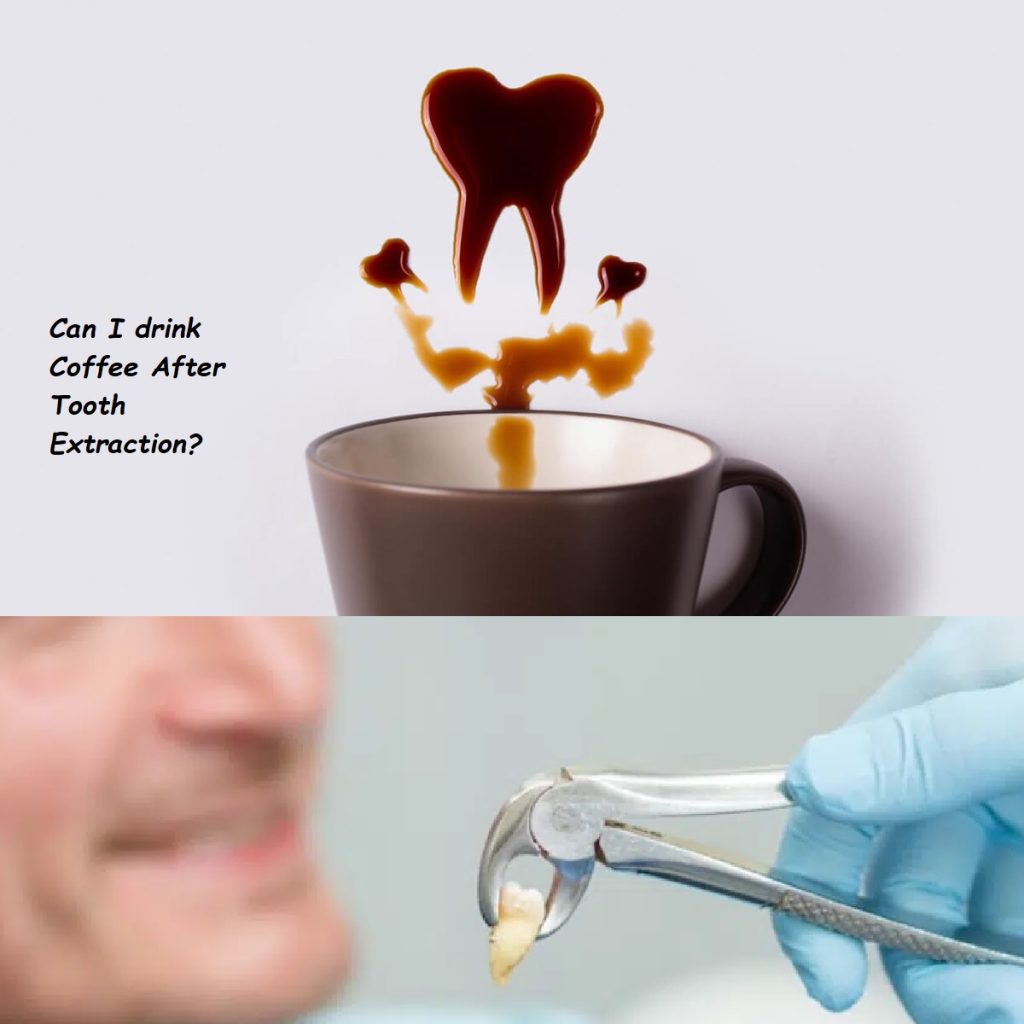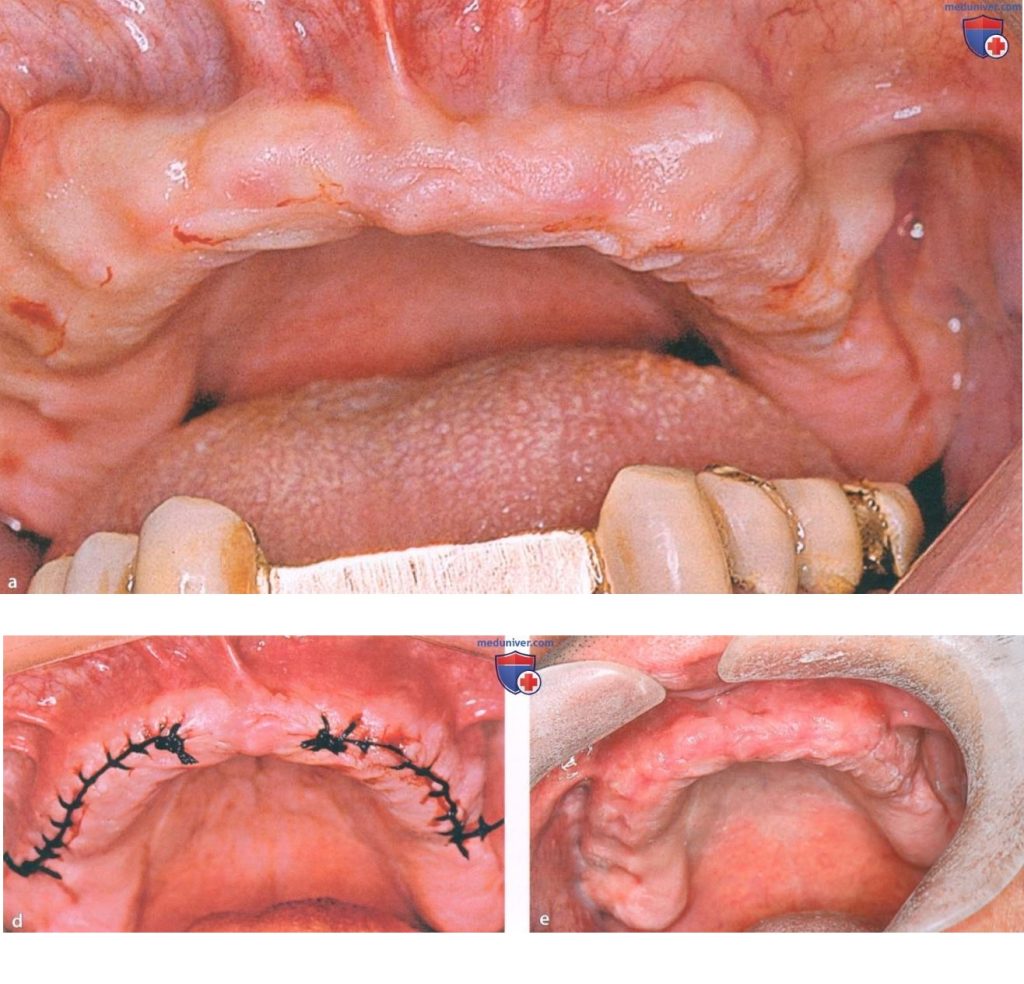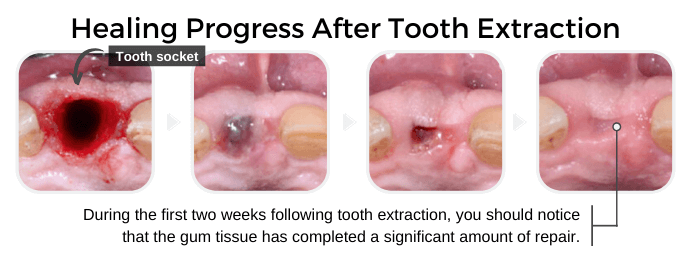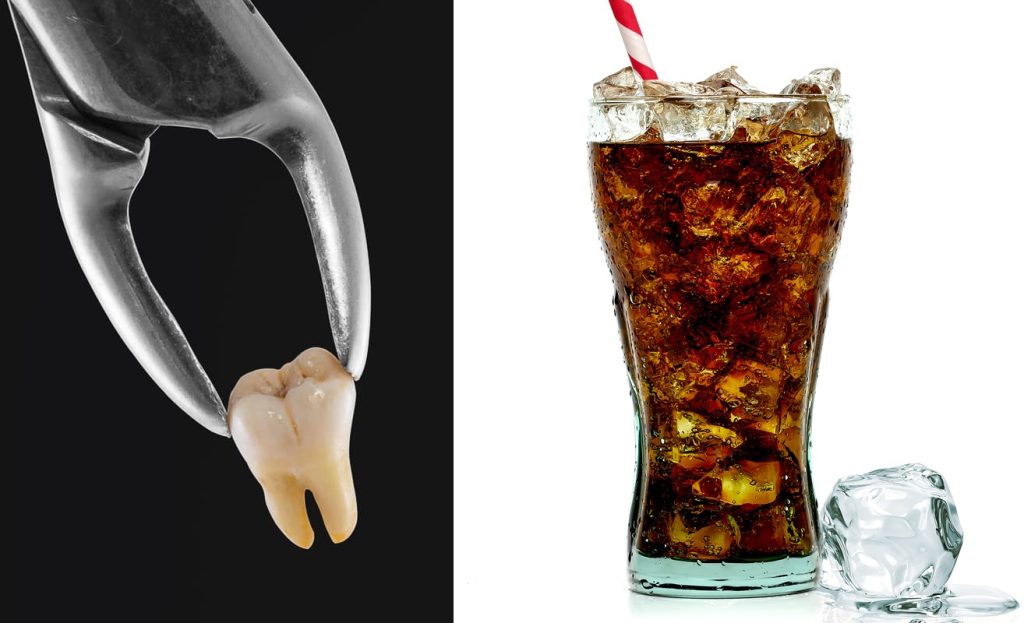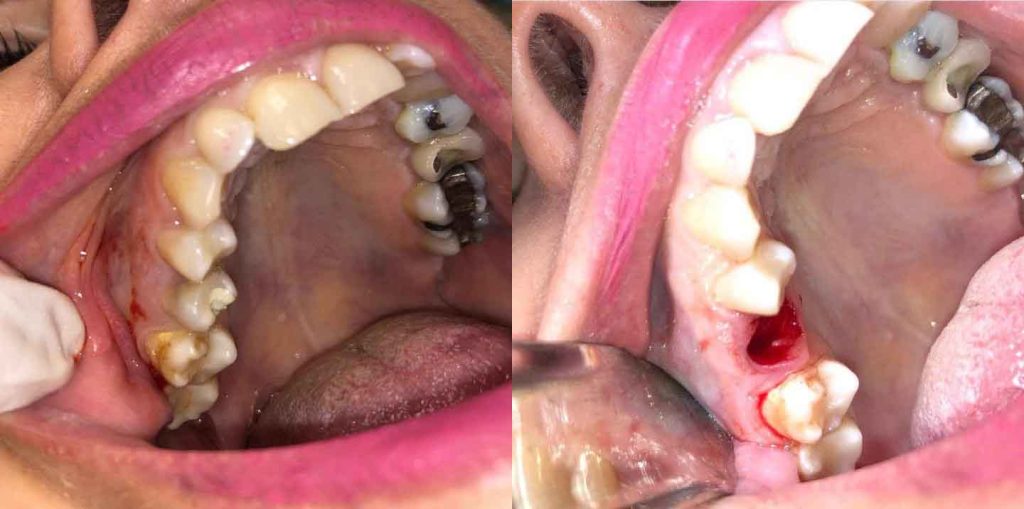Can you get dry socket with a temporary bridge

Can You Get Dry Socket with a Temporary Bridge? Understanding Risks, Symptoms, and Prevention
Dental procedures often come with various concerns, especially when dealing with the healing process after extracting or placing temporary bridges. One common worry among patients is the possibility of developing a dry socket, particularly when a temporary bridge is involved. This comprehensive guide will explore whether you can get a dry socket with a temporary bridge, what a dry socket is, its symptoms, treatment, and preventive measures.
Understanding Dry Socket
What Is a Dry Socket?
A dry socket, also known as alveolar osteitis, is a painful dental condition that can occur after tooth extraction. Normally, a blood clot forms at the extraction site, protecting the bone and nerves and promoting healing. A dry socket occurs when this blood clot dislodges or dissolves before the wound has healed, exposing the underlying bone and nerves.
Symptoms of Dry Socket
The symptoms of a dry socket can be quite severe and typically include:
- Intense Pain: Severe pain usually starts a few days after the extraction and may radiate to the ear, eye, temple, or neck.
- Visible Bone: An empty socket with visible bone where the tooth was extracted.
- Bad Breath: Unpleasant odour or a bad taste in the mouth.
- Swelling and Inflammation: Swelling in the affected area and possibly the lymph nodes.
Temporary Bridges and Their Role
What Is a Temporary Bridge?
A temporary bridge is a dental appliance used to temporarily fill the gap left by missing teeth. It helps maintain the mouth’s structure and tooth alignment while a permanent bridge or other dental work is being prepared.
Purpose of Temporary Bridges
Temporary bridges are used for several reasons:
- Protection: Protects the gums and teeth from damage or movement.
- Function: Allows the patient to chew and speak normally while waiting for a permanent solution.
- Aesthetics: Maintains the appearance of the smile.
Can You Get a Dry Socket with a Temporary Bridge?
The Connection Between Extractions and Dry Socket
A dry socket is specifically related to tooth extractions. The condition occurs when the protective blood clot at the extraction site is lost, exposing the bone and nerves. It is not directly caused by the placement of a temporary bridge.
Impact of a Temporary Bridge on Dry Socket Risk
However, certain scenarios involving temporary bridges might indirectly increase the risk of developing a dry socket:
- Adjacent Tooth Extraction: If a tooth adjacent to the area where a temporary bridge is placed is extracted, improper care or trauma could lead to a dry socket.
- Pressure on the Extraction Site: If a temporary bridge places undue pressure on an extraction site, it could dislodge the blood clot, increasing the risk of a dry socket.
- Improper Fit or Movement: A poorly fitting temporary bridge that moves frequently could irritate the extraction site, leading to complications.
Prevention of Dry Socket with a Temporary Bridge
To minimize the risk of developing a dry socket, particularly when you have a temporary bridge, follow these preventive measures:
1. Follow Post-Extraction Instructions
Adhering to your dentist’s post-extraction care instructions is crucial. These instructions typically include avoiding certain foods, not using straws, and maintaining oral hygiene without disturbing the extraction site.
2. Ensure Proper Fit of the Temporary Bridge
Make sure your temporary bridge fits well and does not exert pressure on the extraction site. If you feel discomfort or the bridge feels loose, consult your dentist immediately.
3. Avoid Hard or Sticky Foods
Avoid eating hard, crunchy, or sticky foods that could dislodge the blood clot or damage the temporary bridge. Stick to soft foods until your extraction site has healed.
4. Practice Gentle Oral Hygiene
While maintaining oral hygiene is essential, be gentle around the extraction site. Use a soft-bristled toothbrush and avoid vigorous rinsing or spitting.
5. Regular Dental Check-Ups
Attend all scheduled follow-up appointments with your dentist. They can monitor the healing process and ensure the temporary bridge functions correctly without causing complications.
Treatment of Dry Socket
If you suspect you have developed a dry socket, it is essential to seek dental care promptly. Here are some common treatments for dry socket:
1. Irrigation and Cleaning
The dentist will clean the extraction site to remove any debris and reduce the risk of infection.
2. Medicated Dressings
A medicated dressing or packing is placed in the socket to provide pain relief and promote healing. This dressing may need to be changed several times during the healing process.
3. Pain Management
Over-the-counter or prescription pain relievers may be recommended to manage discomfort. Your dentist may also suggest anti-inflammatory medications to reduce swelling.
4. Antibiotics
If an infection is present or there is a high risk of infection, antibiotics may be prescribed to prevent further complications.
5. Home Care Instructions
Your dentist will provide specific instructions for home care, including gentle rinsing with salt water and avoiding certain activities that could disrupt the healing process.
Conclusion
While a temporary bridge itself does not directly cause a dry socket, certain factors related to its placement and use can increase the risk, particularly if a tooth extraction is involved. Understanding the causes, symptoms, and preventive measures for dry socket can help you manage your dental health effectively. Always follow your dentist’s instructions and attend regular check-ups to ensure a smooth recovery and maintain optimal oral health.
FAQs About Dry Socket and Temporary Bridges
1. Can a temporary bridge cause a dry socket?
No, a temporary bridge itself does not cause a dry socket. However, if it places pressure on an extraction site or causes irritation, it could contribute to the risk.
2. How can I prevent a dry socket if I have a temporary bridge?
Follow your dentist’s post-extraction care instructions, ensure the bridge fits well, avoid hard or sticky foods, practice gentle oral hygiene, and attend regular dental check-ups.
3. What should I do if I suspect I have a dry socket?
Seek prompt dental care if you suspect a dry socket. Your dentist can clean the area, place medicated dressings, and provide pain management and home care instructions.
4. How long does it take for a dry socket to heal?
With appropriate treatment, a dry socket usually begins to improve within a few days and heals completely within one to two weeks.
5. Can I still wear my temporary bridge if I have a dry socket?
Consult your dentist. They may adjust the bridge or provide specific instructions to ensure it does not interfere with the healing of the dry socket.



